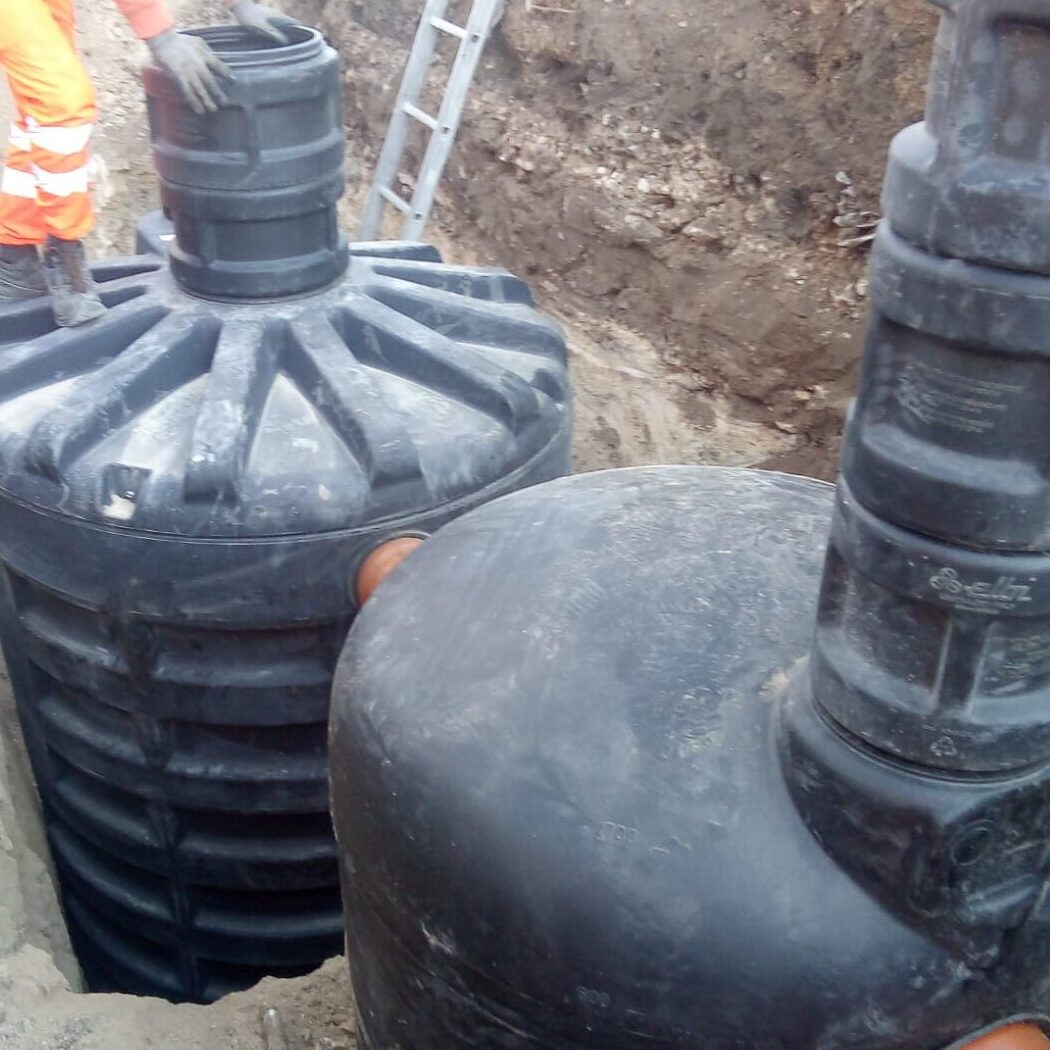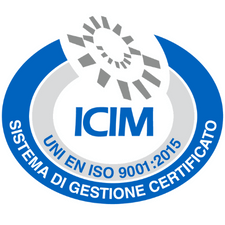
Stormwater treatment plants (first and second rain) are systems designed to reduce stormwater pollution and to limit the negative consequences of the increasingly frequent flood peaks caused by excessively heavy rainfall.
The definitions of first and second rain waters are detailed in the various Regional Regulations; in general, we mean:
– first rain waters “those corresponding, in the first part of each meteoric event, to a precipitation of 5 mm uniformly distributed”
– second rain waters “the part of the meteoric water runoff exceeding the first rain waters”.
First rain waters are often contaminated with various types of pollutants because, by runoff, they carry the different substances present on the surfaces.
Given their potential danger to the environment, they have to be separated from “second rain waters”, which are usually less polluted, and have to undergo certain treatments before they can be released into the environment.
Second rain waters are usually less subject to purification treatments, however, in Apulia, “if the runoff of hazardous substances from the uncovered surfaces of buildings, installations and/or activities […], in relation to the activities that take place in them or to the intended uses, is not exhausted with the first rain waters, but rather continues over the time span of the meteoric event, the second rain waters are also subject to the same discipline as the first rain waters”(Art.10 Regolamento della Regione Puglia del 9 dicembre 2013, n. 26 “Disciplina delle acque meteoriche di dilavamento e di prima pioggia”).
HOW A STORM WATER TREATMENT PLANT WORKS
The functioning of the first rain water treatment plants follows different phases:
1- The water coming from roads and areas (parking lots, squares..) is conveyed to the accumulation tanks, prefabricated and made of reinforced concrete, through a drainage well or by-pass
2- An anti-flooding valve, installed at the inlet of the accumulation tank, separates the first and second rain water
3- Sedimentation of sand and sludge takes place inside the tanks
4- At set time intervals (usually 48-72-96 hours), a submersed electric pump with constant flow rate sends the water to the de-oiling treatment, separation of light liquids or to the final receiver.
Additional quartzite and/or activated carbon filters can be installed in case of particularly restrictive regulations and constraints.
In order to enable the sampling, a suitable sampling well must always be installed downstream of the treatment.
IDROMET SIDER STORMWATER TREATMENT SYSTEMS
We provide complete first and second rain water treatment systems.
For installation in non-carriageway areas, the most cost-effective solution is a polyethylene stormwater treatment plant.
The supply of a first rain water treatment plant includes:
– polyethylene tank treated to ensure high chemical resistance to liquids
– lamellar packs;
– coalescence filters with shutter;
– built-in piping;
– baffles;
– clapet valves
In the event of the need for second rainwater treatment, we supply systems specifically designed to meet any special requirements.
All our supplies are accompanied by a consulting service by our technicians to define the best solutions in line with your needs.
Our team also provides plant sizing and tank positioning.
At the end of the supply is also issued a detailed technical report.
In case of installation in areas subject to driveways, it is preferable to opt for CONCRETE STORMWATER TREATMENT TANKS AND SYSTEMS
[layerslider id=”14″]





